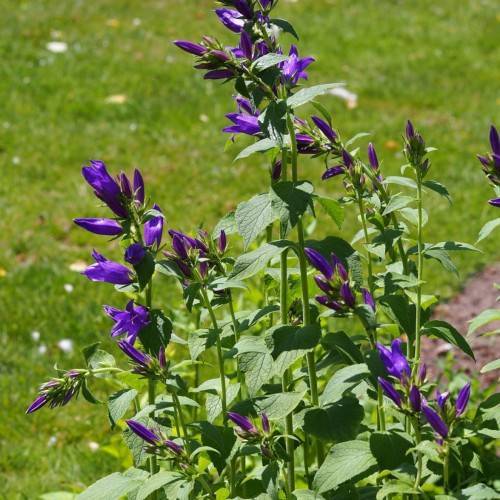
catmint
Nepeta 'Blue Dragon'
Cycle:
Herbaceous Perennial
Watering:
Average
Hardiness Zone:
5 - 9
Flowers:
Flowers
Sun:
full sun
Leaf:
Yes
Growth Rate:
Low
Maintenance:
Low
Salt Tolerant:
Yes
Indoors:
Yes
watering
Catmint should be watered regularly but not too frequently. It prefers consistently evenly moist soil, so water when the top 1 inch of soil is dry. This may be once a week, or as much as twice a week during hot, dry weather. It is important to avoid overwatering as the plant is more tolerant of the occasional drought than excess water. For Catmint, it is best to water at the base, so that the foliage does not get wet and stay wet.
sunlight
Catmint, or Nepeta 'Blue Dragon', needs about 6 hours of sunlight each day in order to remain healthy and thrive. This kind of plant does best in full sunlight in the morning and partial or filtered afternoon sunlight. If your Catmint plant is placed in direct sunlight all day, it can cause the leaves to become scorched, and the blooms may not develop correctly.
pruning
Catmint (Nepeta 'Blue Dragon') is a fast-growing, drought-tolerant perennial with fragrant foliage and attractive blue flowers. Pruning should be done as needed, usually twice a year, once in early spring (April or March) and once in late summer (August or September). Generally, it is best to prune back Catmint by half of its height each pruning session, so that it is kept at an optimum size and shape. Additionally, you can prune off any dead or diseased parts of the plant. Pruning is necessary to keep the plant healthy and promote vigorous growth.
